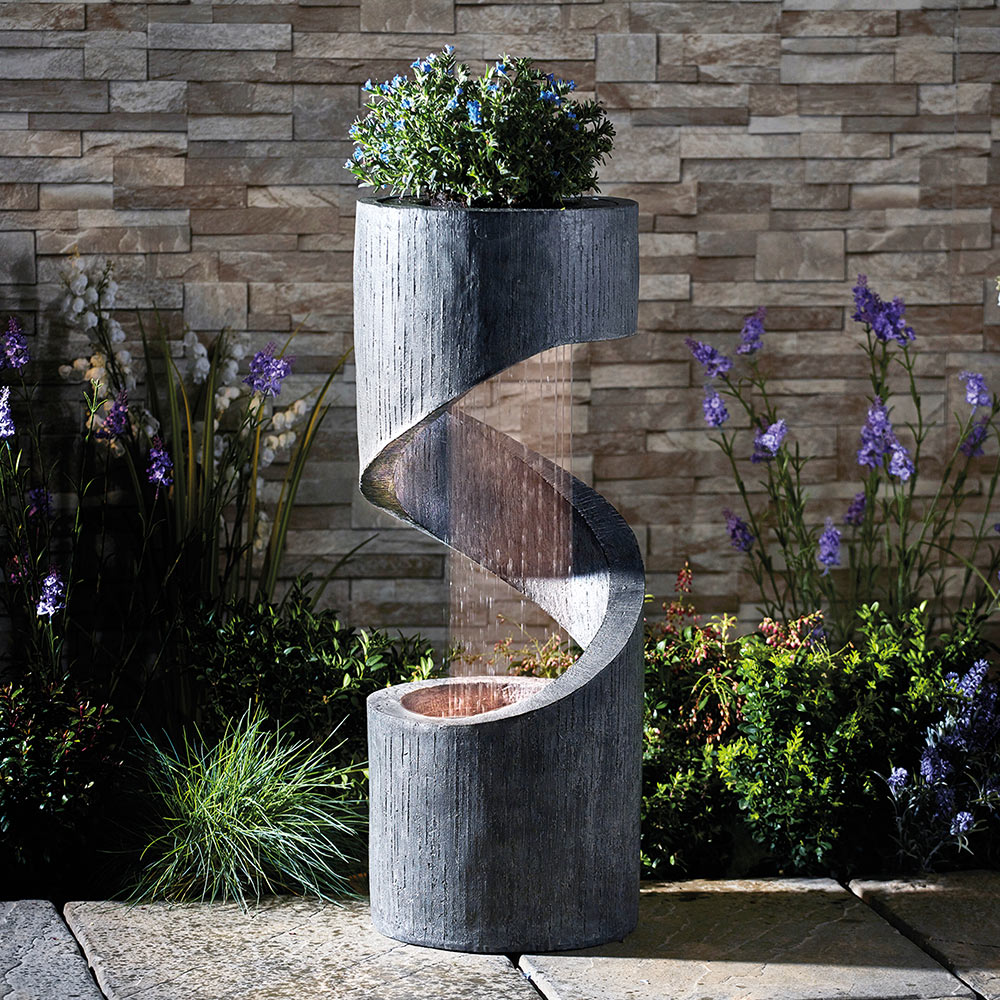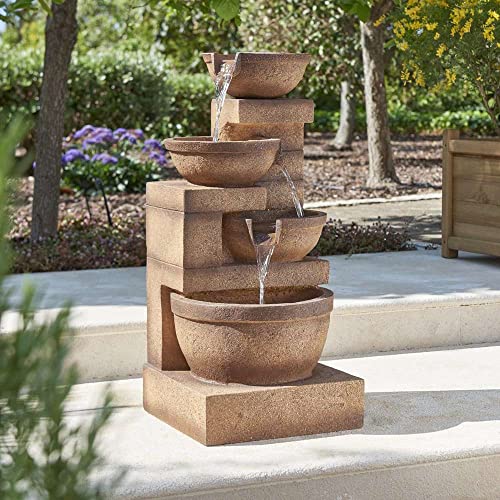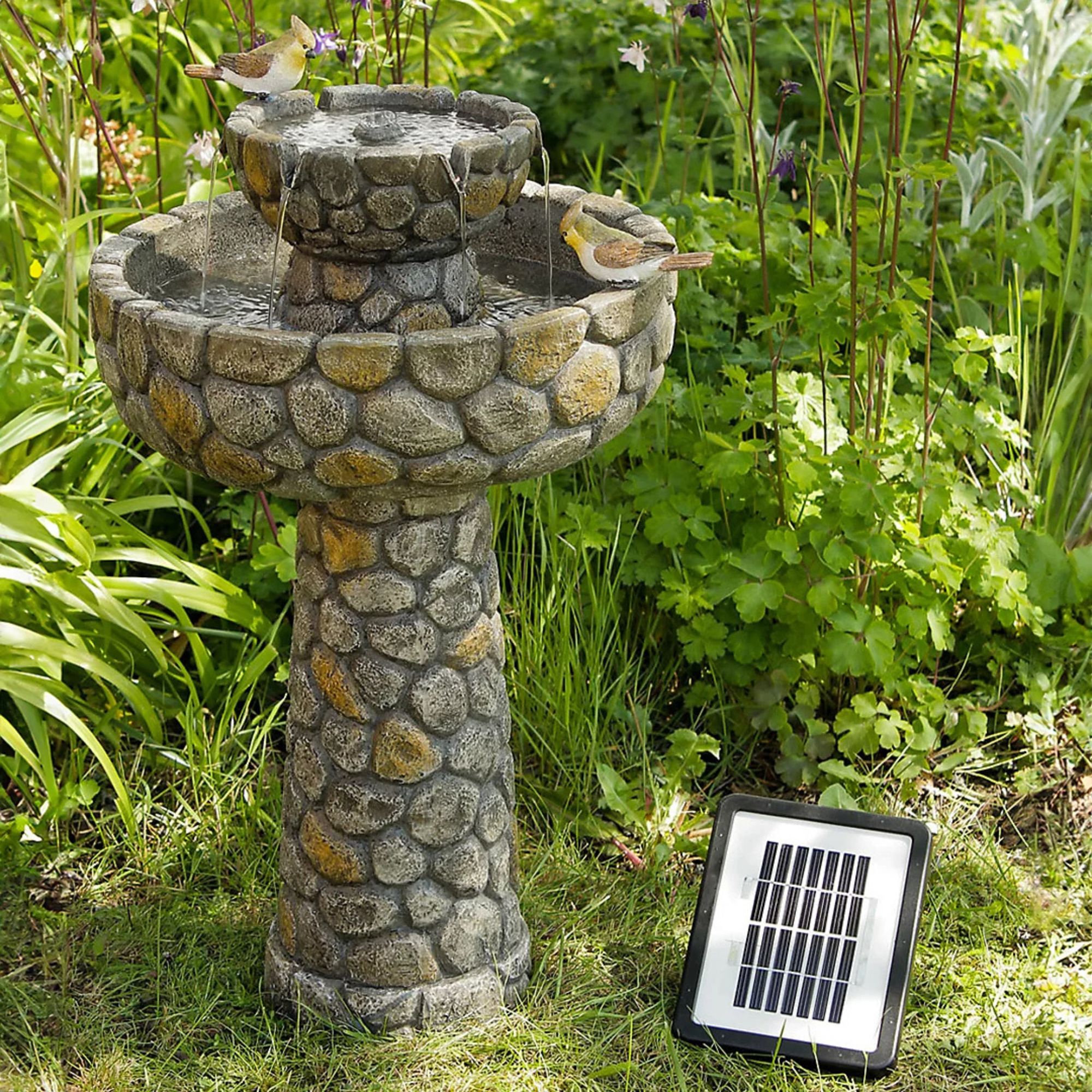15 lawn ideas to transform your garden, from mowing techniques to grass alternatives
Give your garden a fresh new look with these lawn ideas
Sophie King
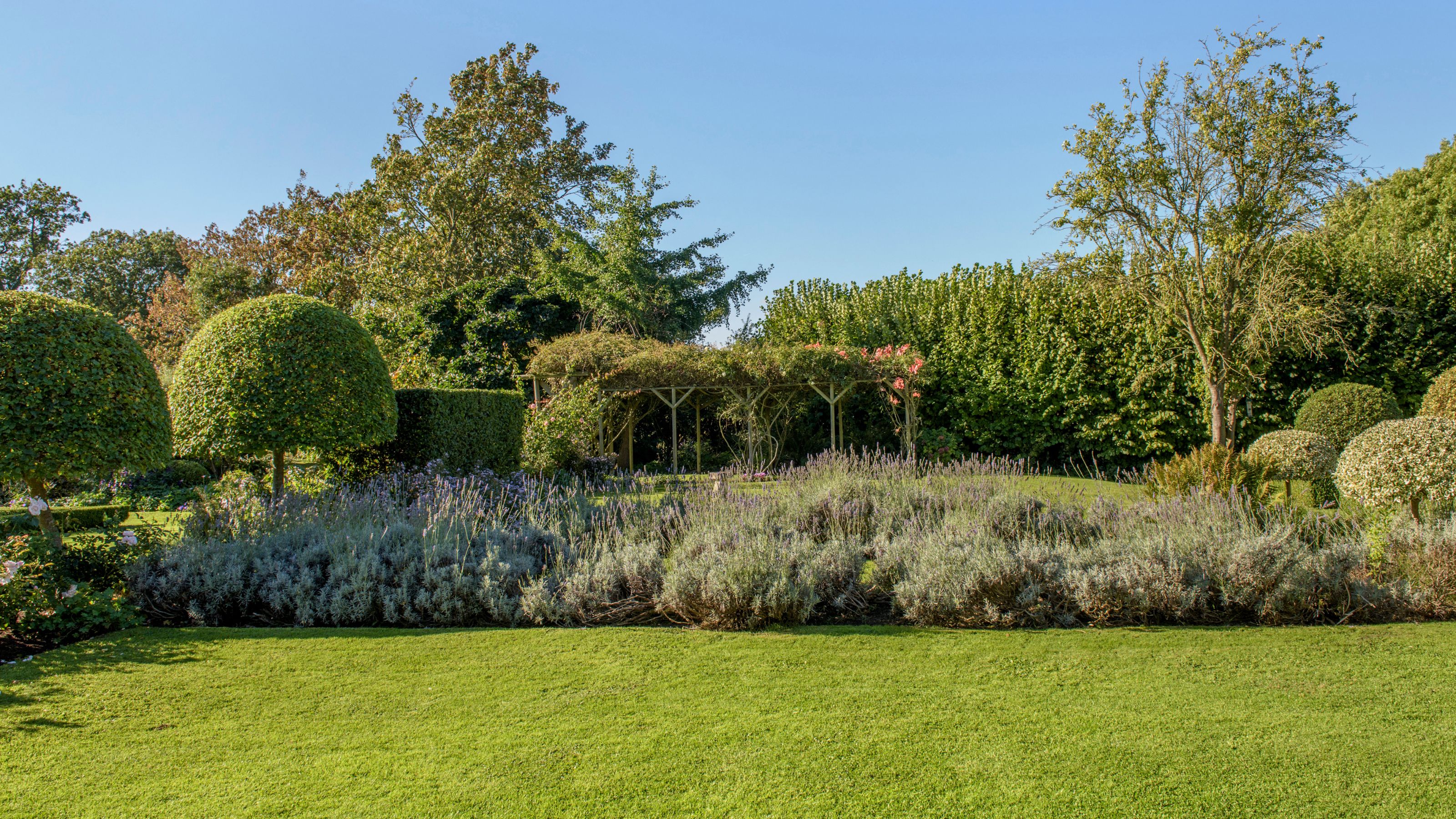
As we gear up for the growing season, you might be wondering what to do with the grass in your garden. That’s where our list of lawn ideas comes in.
Of course, you can stick to a traditional, manicured green space (that’s why it’s the first idea on our list), but if you want to change up your garden’s look, it’s a great opportunity to experiment with fresh lawn ideas. Think focal points, grass alternatives, garden paths and garden edging ideas.
So, whether you’re looking for large or small garden ideas, we’ve pulled together our favourite lawn ideas to help you revamp your garden this year.
1. Keep it plain and simple
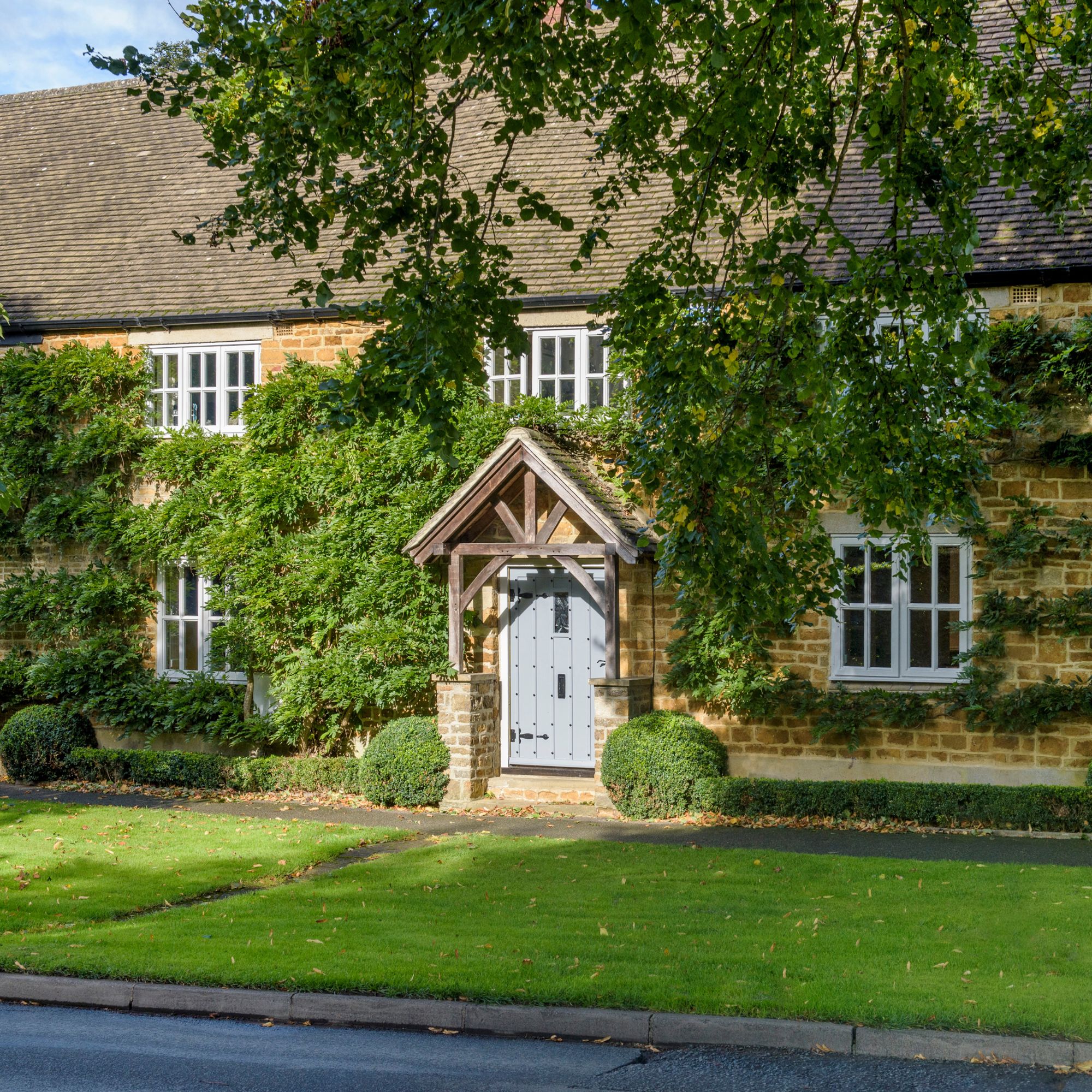
A healthy green lawn sets off this small cottage front garden.
We had to kick off our list of lawn ideas with the classic manicured lawn look. It’s simple, and ideal if you’re on the hunt for front garden lawn ideas — but to keep your grass looking its best, you’ll need to brush up on all the best lawn care tips.
‘Spring is the perfect time to give your lawn a fresh start,’ says Cheryl Harper, managing director at Greensleeves. ‘But to achieve a beautifully manicured look, it’s really important to start with the basics.’
If you’re about to get to work reviving your lawn after winter, Cheryl recommends starting by raking away leaves and debris and then taking a closer look at the condition of your grass.
‘Check for compacted soil, moss or uneven areas that may need extra attention,’ she says.
Sign up to our newsletter for style inspiration, real homes, project and garden advice and shopping know-how

Cheryl Harper is the managing director of Greensleeves Lawn Care.
Established in 1998, Greensleeves Lawn Care is a UK-wide lawn care business with over 100 locations.
2. Mow lawn stripes
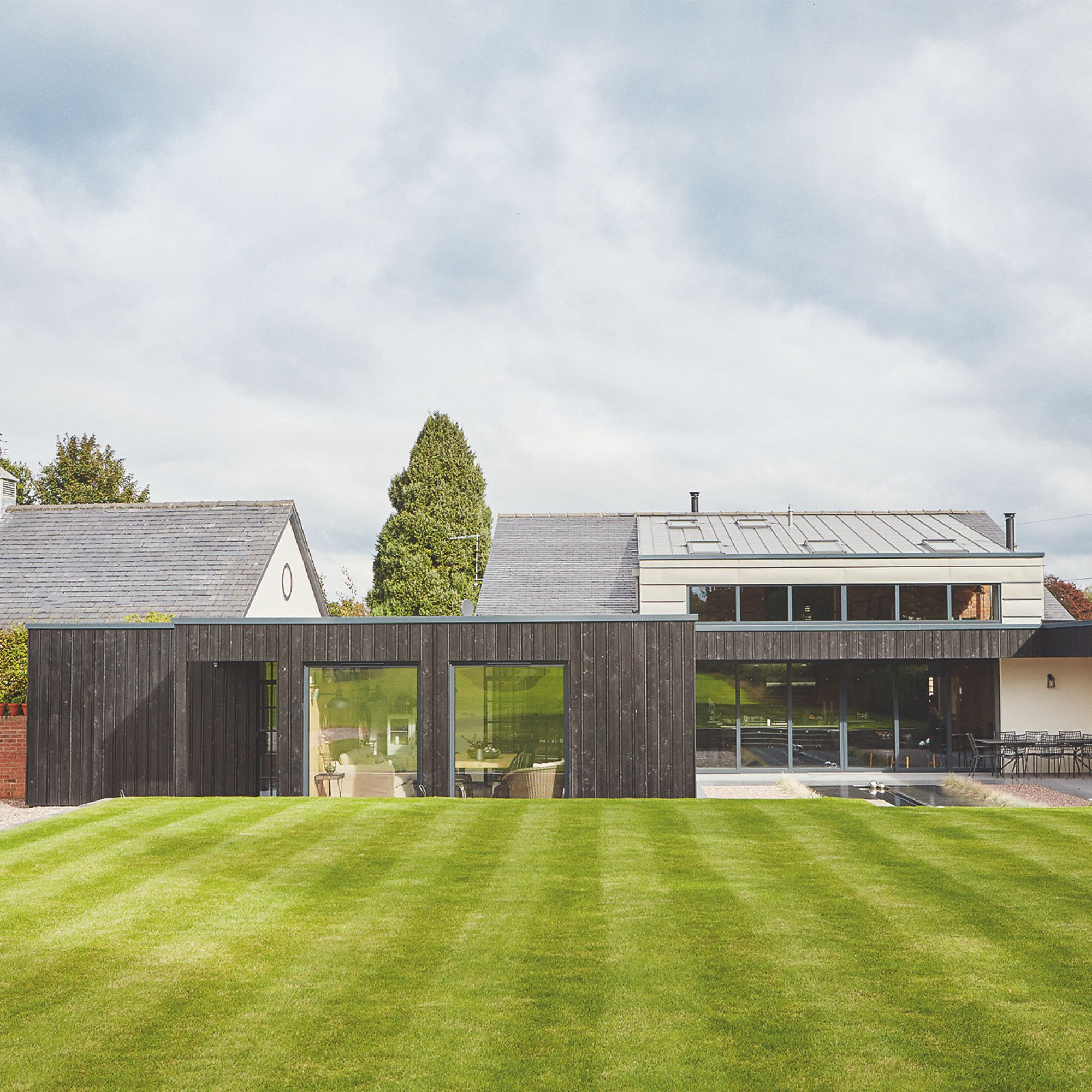
Lawn stripes have been mown onto the grass in this garden.
One of the most popular lawn ideas is mowing stripes into your grass, and 2025 could be the year you impress guests with a Wimbledon-worthy lawn.
‘To achieve a striped lawn — which is so often the look that homeowners strive to achieve — you’ll need to start by investing in the right tools,’ says Cheryl.
‘A high-quality mower with a built-in roller helps press down grass blades evenly, creating defined stripes.’
You’ll also need to know how to sharpen lawnmower blades to prevent tearing and damage and encourage the grass to bend uniformly, Cheryl says.
3. Create a wildflower meadow
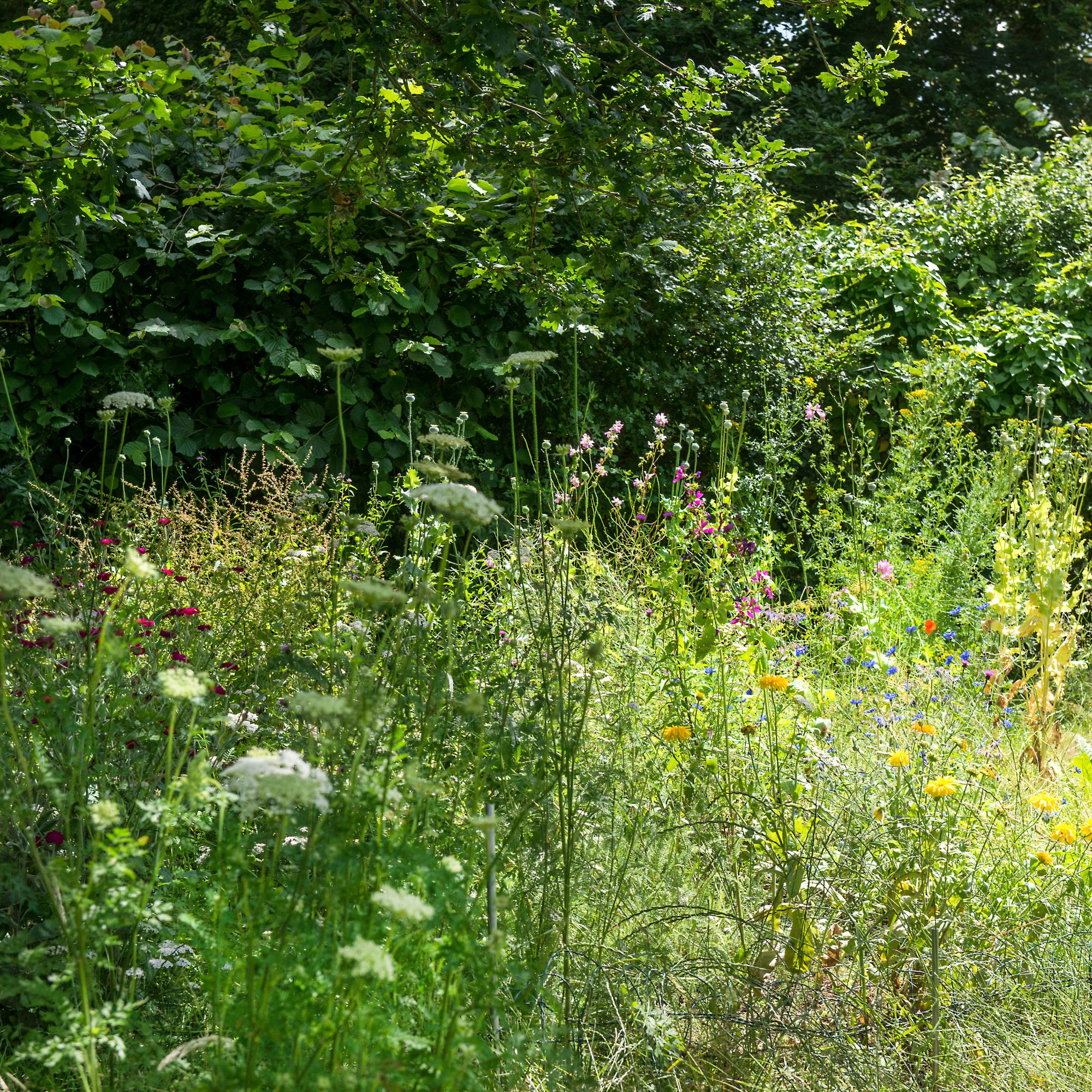
Wildflowers have been left to grow tall in this lawn area.
If you're hoping to embrace the cottagecore garden trend this year, you can start by transforming your lawn into a wildflower meadow.
‘A ‘perfect lawn’ may be hard to achieve, but a wildflower lawn is effortless and full of life!’ says Dr Emily Attlee, conservation scientist and co-founder of the original seed ball company, Seedball. ‘By simply mowing less or scattering wildflower seed balls, you can create a vibrant, nectar-rich haven for pollinators.’
Where to buy wildflower seeds:
- Amazon: Try the Seedball Wildlife Mix to cater for the bees and butterflies.
- Thompson & Morgan: Sprinkle the Wildflowers 'Classic Meadow Mix' for beautiful wildflowers.
4. Plant a focal point tree
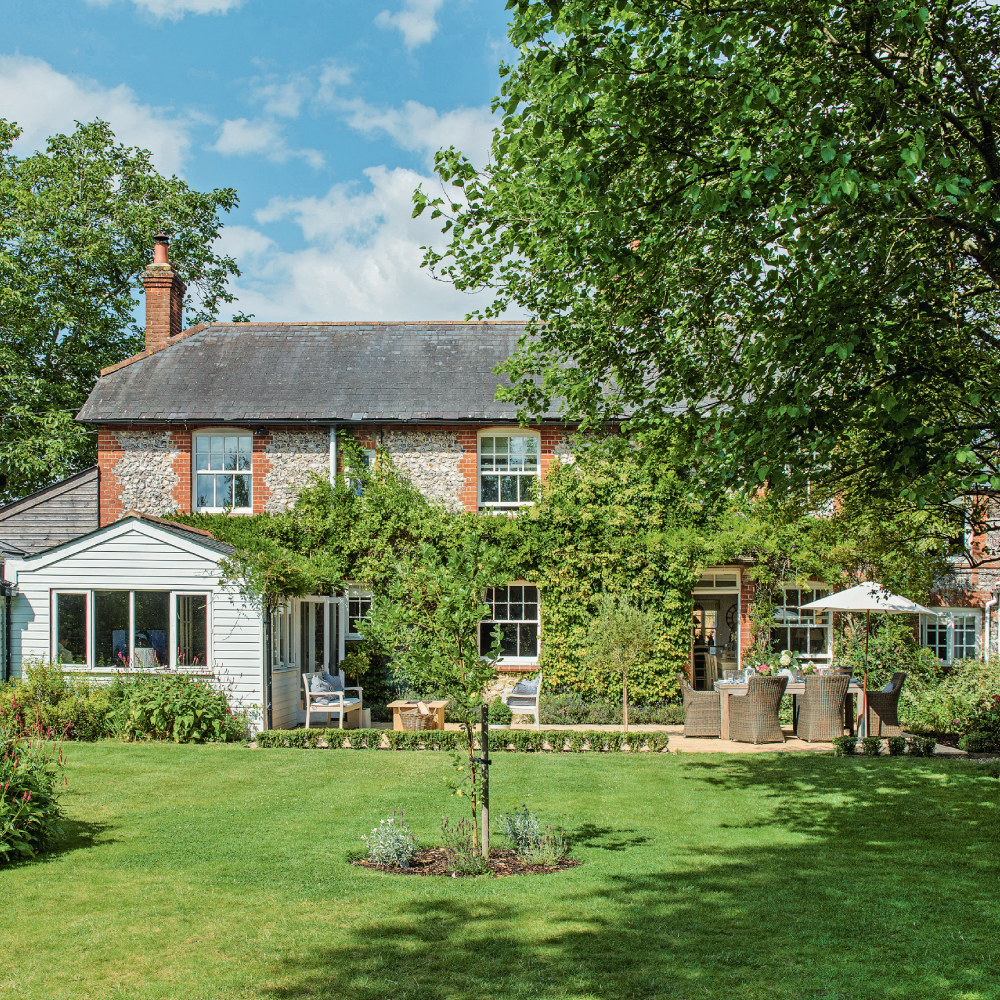
A circular patch has been cut into this lawn for a standalone tree.
If you’d prefer to add interest to your lawn ideas above ground level, consider adding a focal point to the centre or side of your space.
An ornamental tree is a brilliant choice, especially if you choose a flowering cherry or magnolia like the Magnolia × soulangeana from Crocus. Or, you could choose one of the easiest fruit trees to grow in the centre of your lawn for easy pickings.
‘Large lawns need elements to distract the eye,’ says garden designer Harriet Worsley. ‘Focal points are essential — tall trees, elegant pots, sculptures, and seats. These can be at the end of a lawn or the sides.’
5. Invest in a water feature
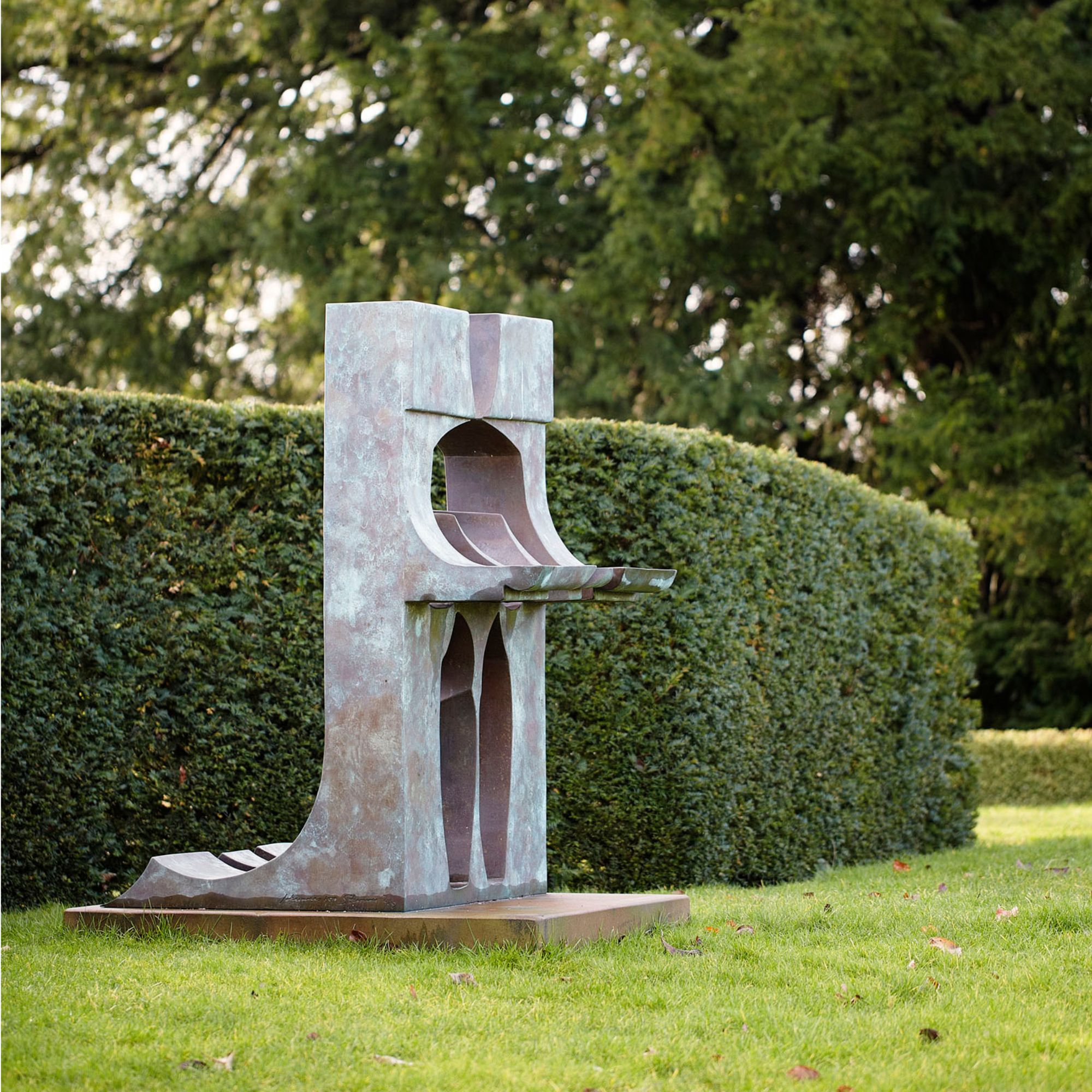
A large water feature creates a statement on an otherwise plain lawn.
For an added sensory bonus, have a browse through some water feature ideas. They come in a huge range of sizes and styles, and they’re a calming addition to any outdoor space.
Go for a classic fountain for a relaxing soundscape, or opt for a decorative sculpture style to add interest to your space.
We love these water features:
6. Edge your garden with stones for a country look
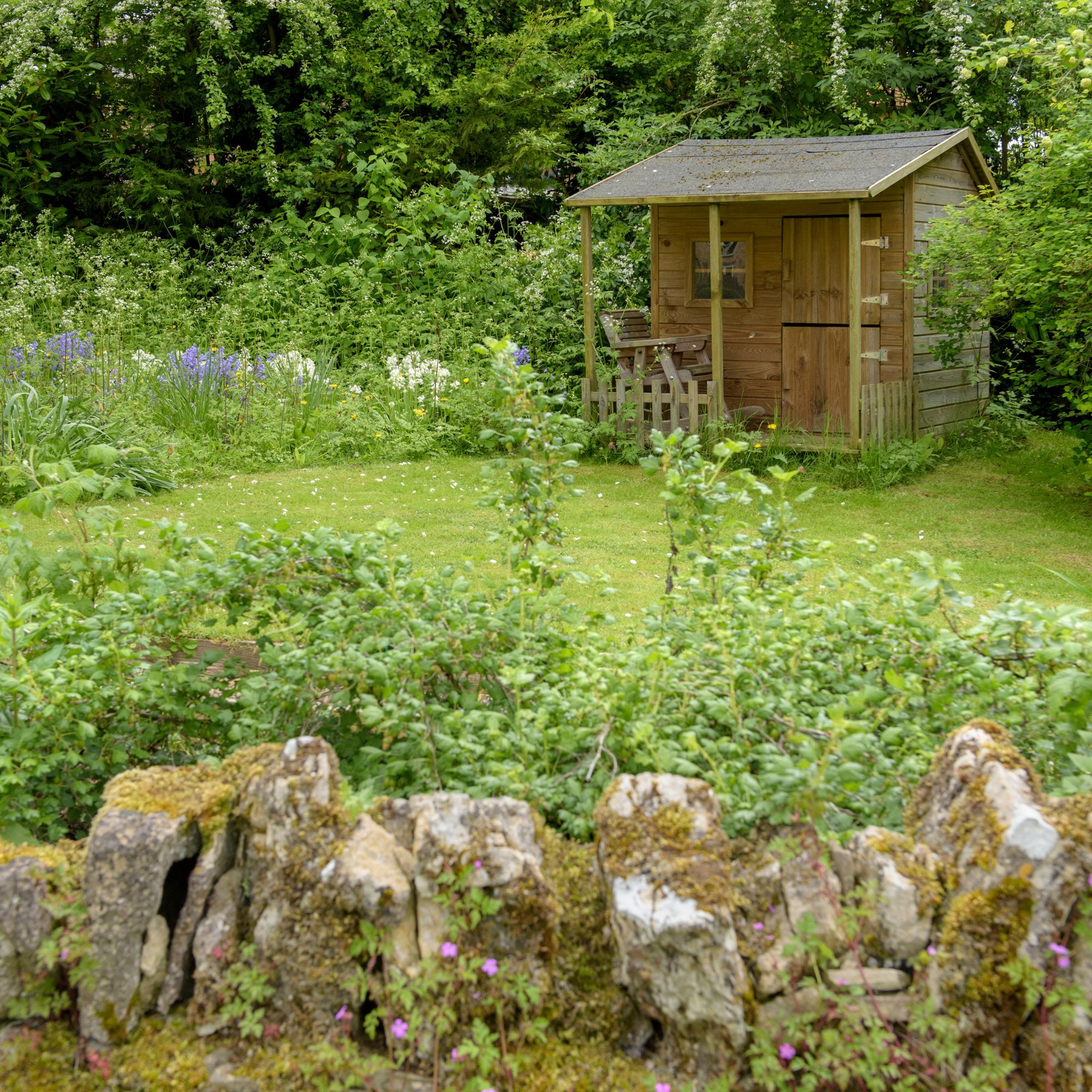
A small lawn framed with moss-covered rocks and plants.
The best lawn ideas are framed with edging that matches the style of the rest of the garden. If you're going for a rustic look, consider using stones to border your lawn.
'Using natural stones or bricks for edging can add a rustic feel to a country-style garden,' says Cheryl from Greensleeves. 'You can arrange them in a straight line, staggered for a more natural look, or even make a small retaining wall for raised garden beds.'
In fact, you could even build your own raised beds if you fancy a DIY project.
7. Lay a stepping stone path
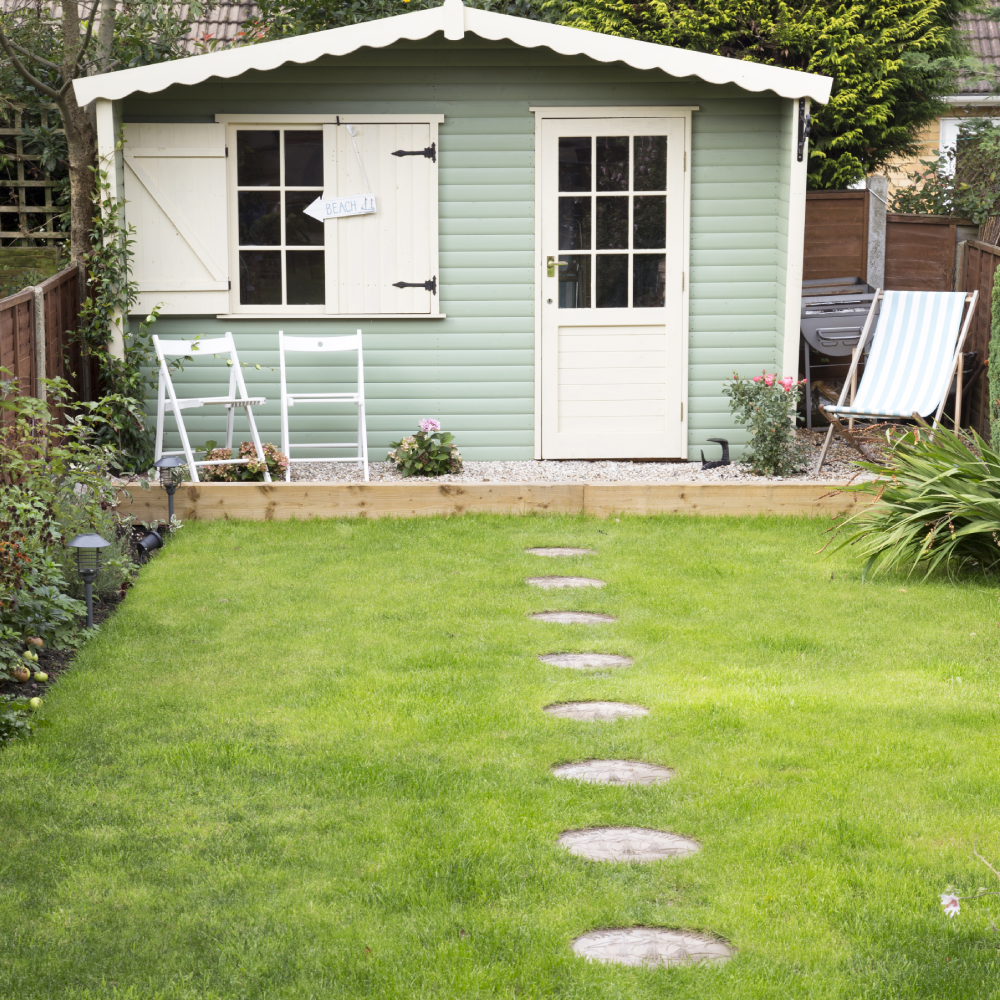
Small stepping stones form a path to the summerhouse on this lawn.
Stepping stones are a lovely way to carve a path through your grass, which is why they're one of the most popular lawn ideas. They can also be a brilliant DIY garden path idea if you're on a budget.
'Stepping stones set into a lawn can work as an easy path in a city garden, as walking through mud in the winter isn't fun when the weather gets cold,' says garden designer Harriet.
They'll also prevent damage to grass from heavy foot traffic, keeping your garden intact. The York Brown Stepping Stone from B&Q is a great place to start.
8. Mow a path
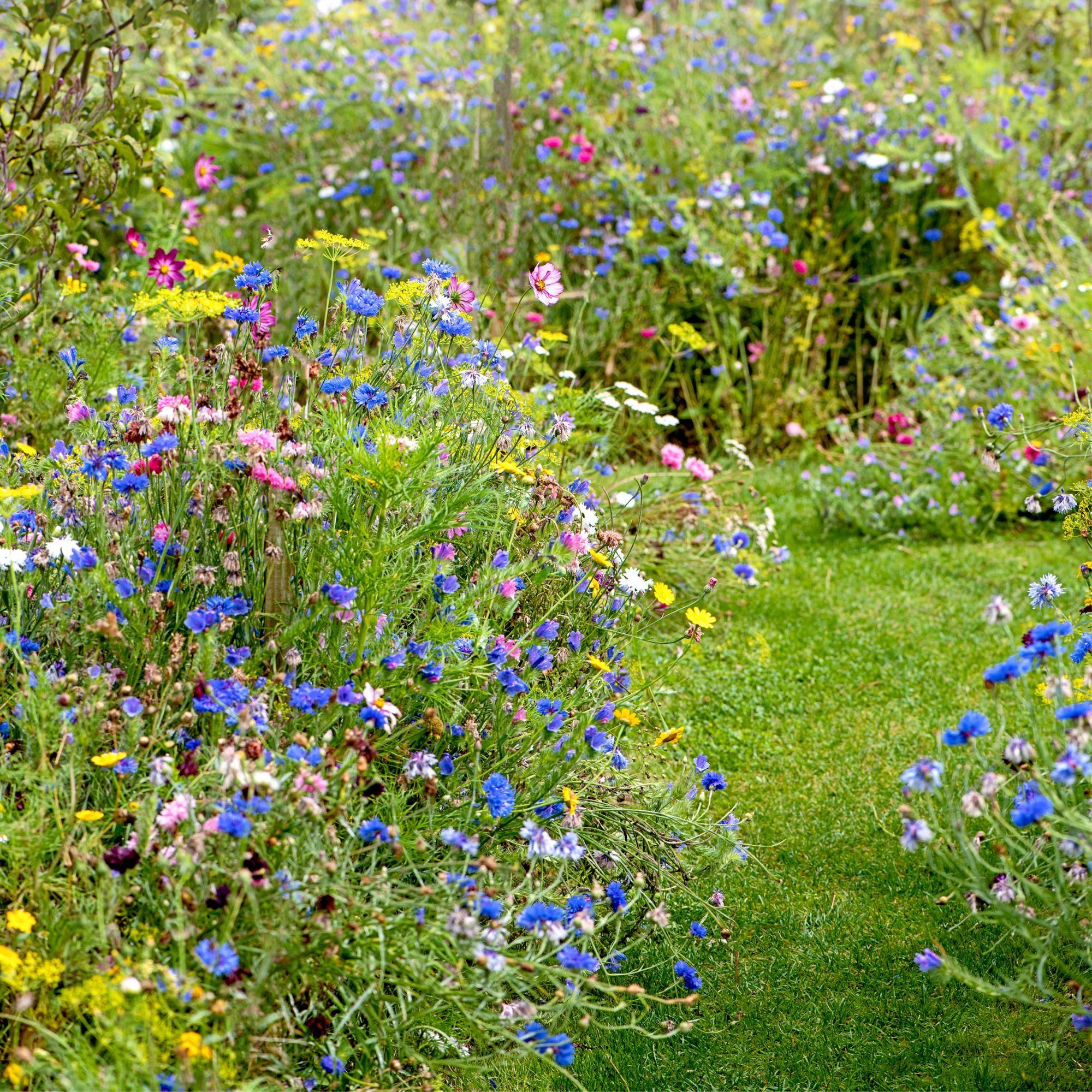
A path has been mown through this lawn, which is surrounded with wildflowers.
If you'd rather keep things natural, grow your grass long and mow a path through your garden. Paired with wildflowers, this technique creates a wild, bountiful garden aesthetic.
‘Growing the grass long and mowing paths through a space can look fabulous in a country garden, creating a web of curved paths and picnicking glades,’ muses Harriet.
9. Zone for privacy
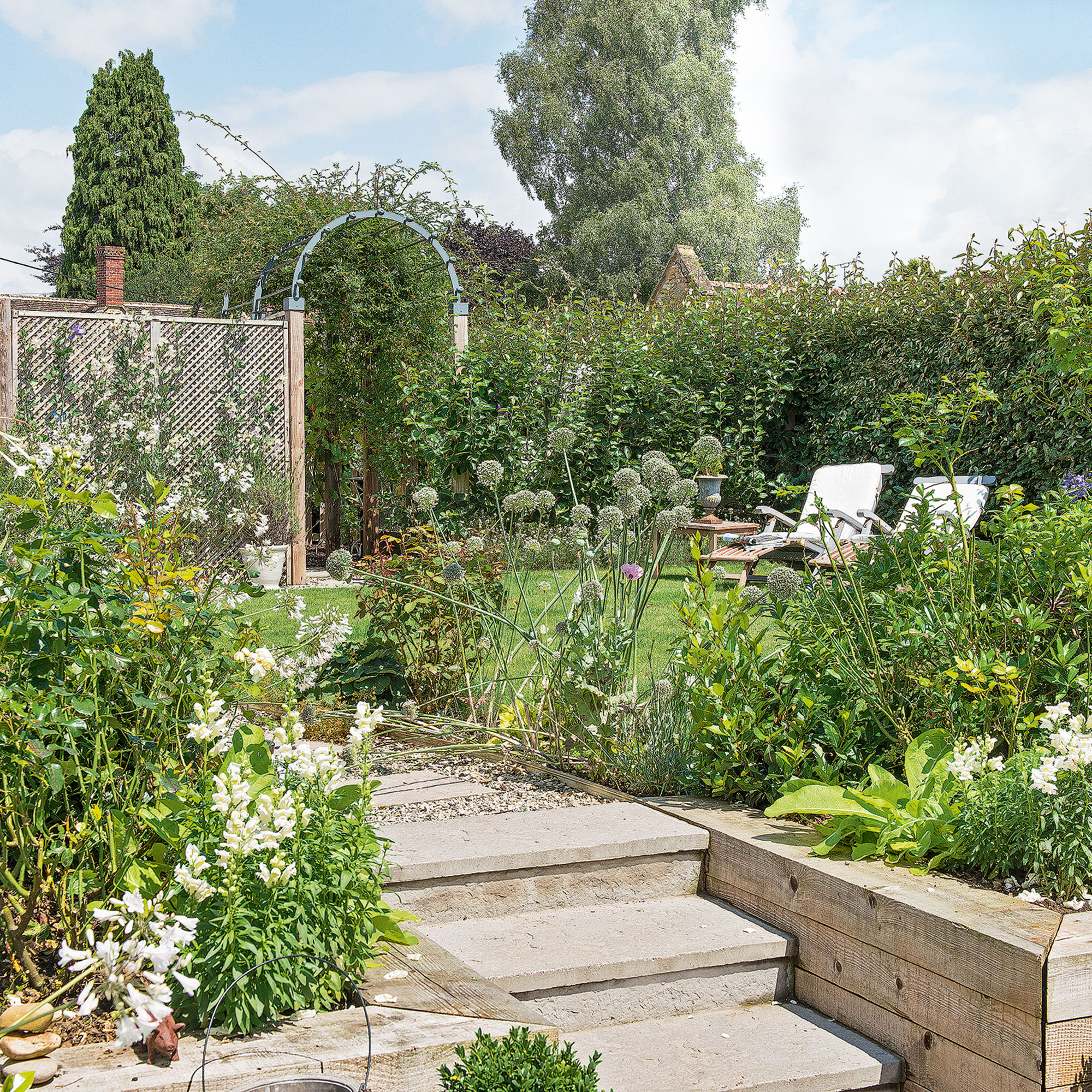
Tall plants and hedges give this garden a sense of privacy.
Enclose your lawn ideas with fast-growing hedges to give your garden a sense of privacy. Alder and hawthorn hedging, which you can buy from Primrose, work well.
Or, you could train climbing plants along fences and garden trellises to create a natural screen. If you choose flowering climbers like honeysuckle or star jasmine from Thompson & Morgan, you'll have a beautifully scented frame for your lawn.
10. Soften your lawn by planting around it
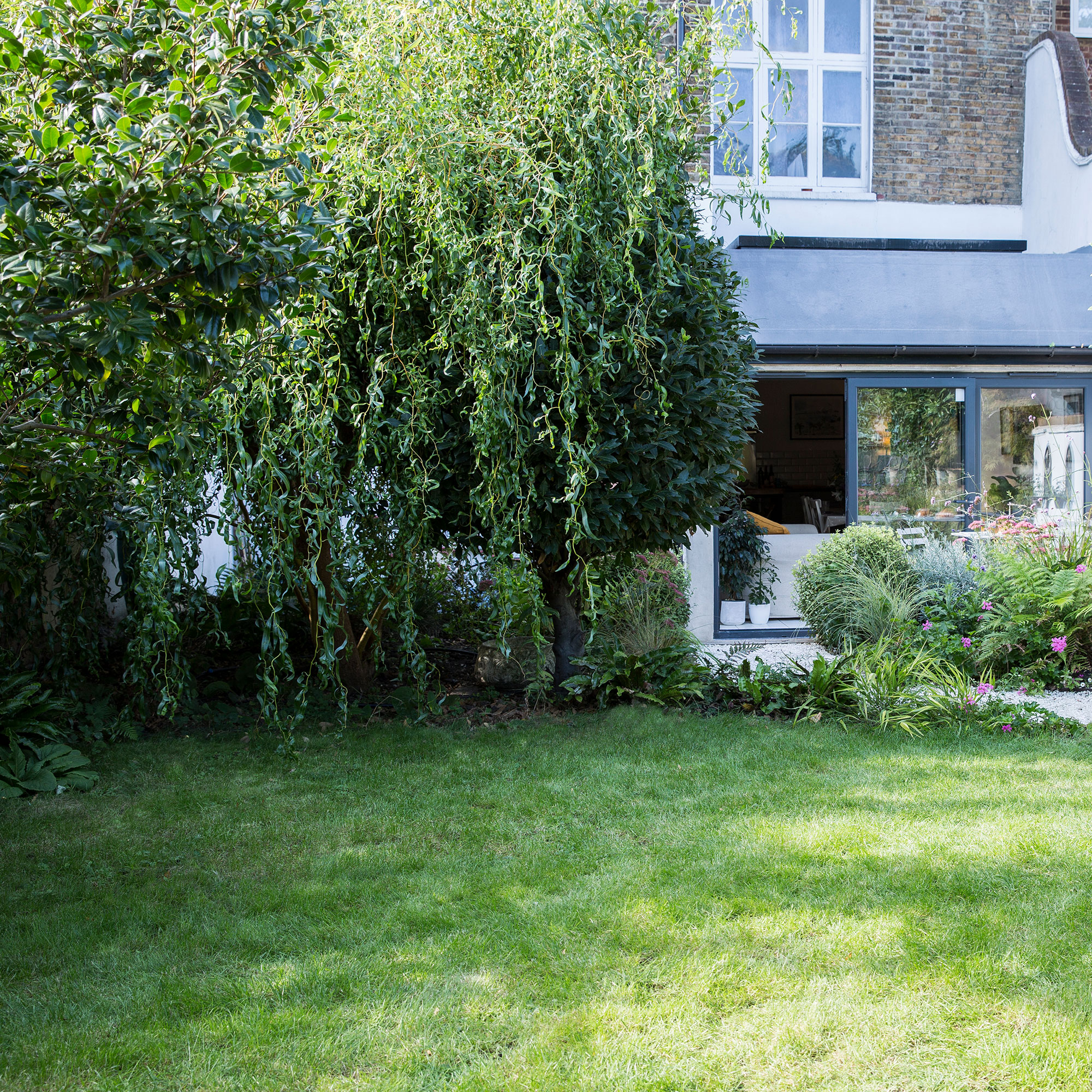
The cascading foliage of a tree softens the border of this lawn.
You can also soften the edges of your lawn by going gentle with your garden border ideas. Plants and trees like ethereal willows will trail all the way onto the grass, obscuring just how much grass you have.
This will make your garden seem larger than it is, so it's a great lawn idea to consider if you're trying to make a small garden look bigger.
‘Softening a lawn by planting around it will break up the sea of green,’ explains Harriet. ‘For a more formal garden, straight borders flanking the green expanse work, but for a more relaxed space or country garden, curves create flow and interest.’
11. Take your lawn to different levels
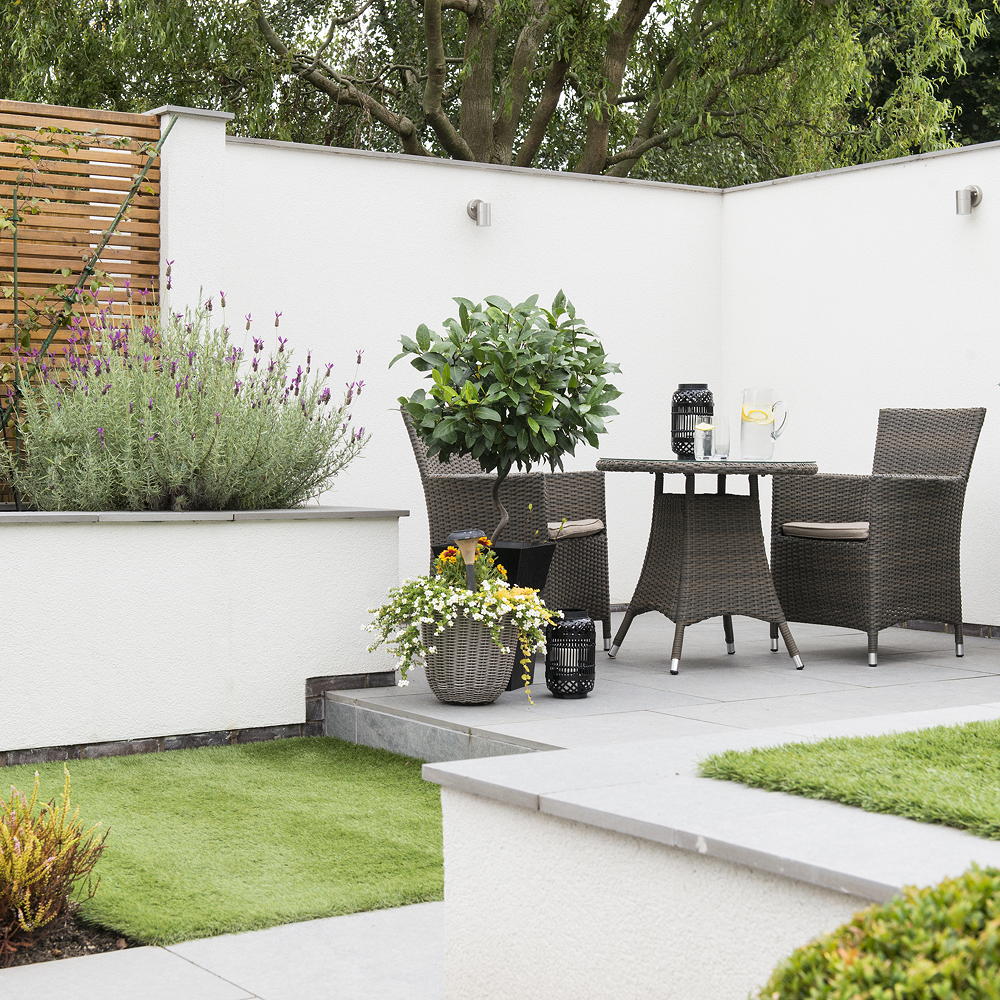
Small patches of lawn have been laid on two levels in this garden.
Why not take things up a notch by laying grass on any raised levels in your garden? This lawn idea can work particularly well if you have any platforms in your outdoor area, as they can form sun-trap spaces for lounging during the summer months.
The vertical effect also adds interest to a garden, giving it another dimension, and can be a great solution if you're looking for sloped garden ideas.
12. Create an enchanted entrance

Stepping stones lead to a metal garden arch at the end of this lawn.
Make stepping onto your lawn a real experience with the help of an arbour or an archway like this metal garden arch from Suttons.
Many of these can be decorated with fast-growing climbing plants. Choose flowering options like clematis to ensure a stunning display of flowers during the warmer months. Some species even flower during the winter.
13. Ditch the paving
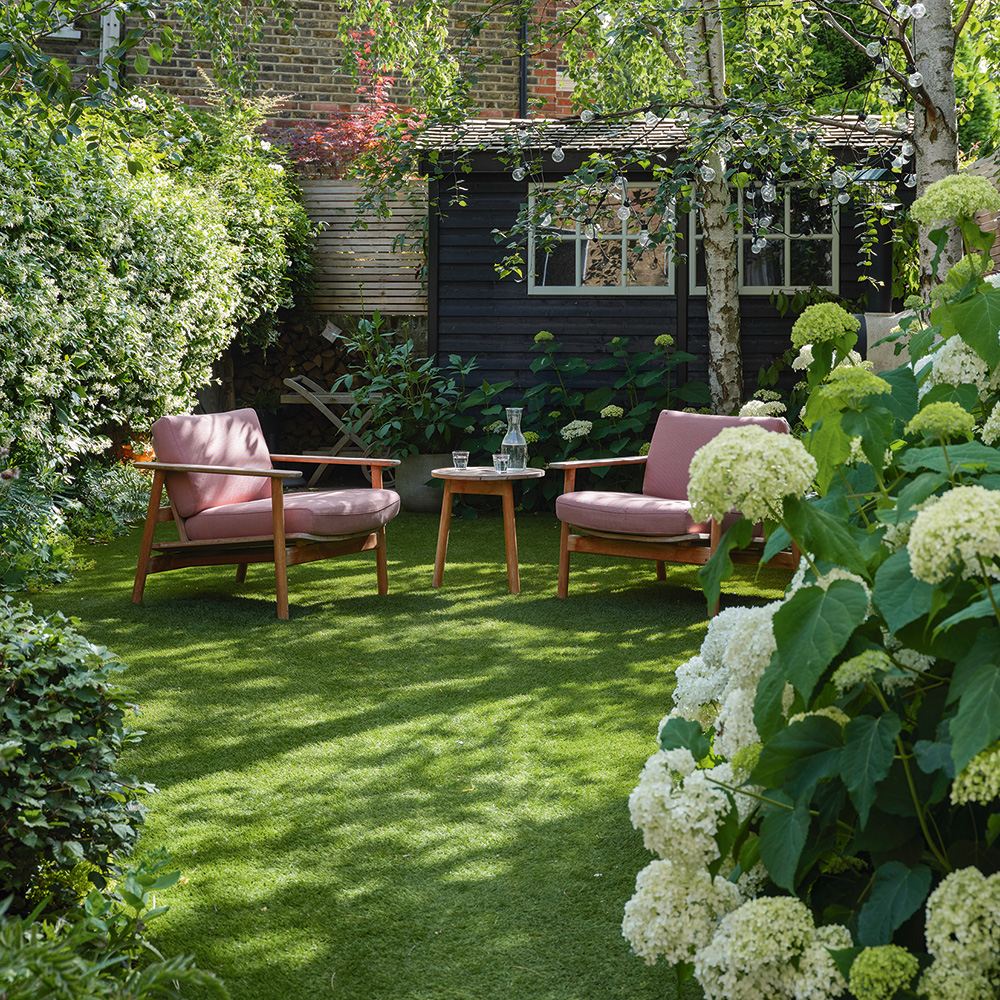
Wooden garden furniture is centred on this garden lawn.
If you are struggling to commit to hard landscaping, rest assured that a garden that's border-to-border lawn can work.
Treat your space much like you would a sitting room, or outdoor living room, using outdoor furniture that can easily be stowed in a summerhouse should it rain.
The luscious lawn serves as a carpet, but it needs to be hardwearing if this is your plan, so choose a sports or conventional lawn rather than one designed for landscaping or ornamental use.
14. Use turf as a path

A strip of turf forms a path between tall border plants in this garden.
Hardwearing turf and grass can be laid as a perfect pathway for keen gardeners.
Why is it perfect? Well, because it's a softer alternative to a brick or gravel garden path, so when you're kneeling down to tend to your beds, you won't have to reach for the kneepads.
So, double-check the best time to lay turf and get planning.
15. Combine your lawn with other surface materials
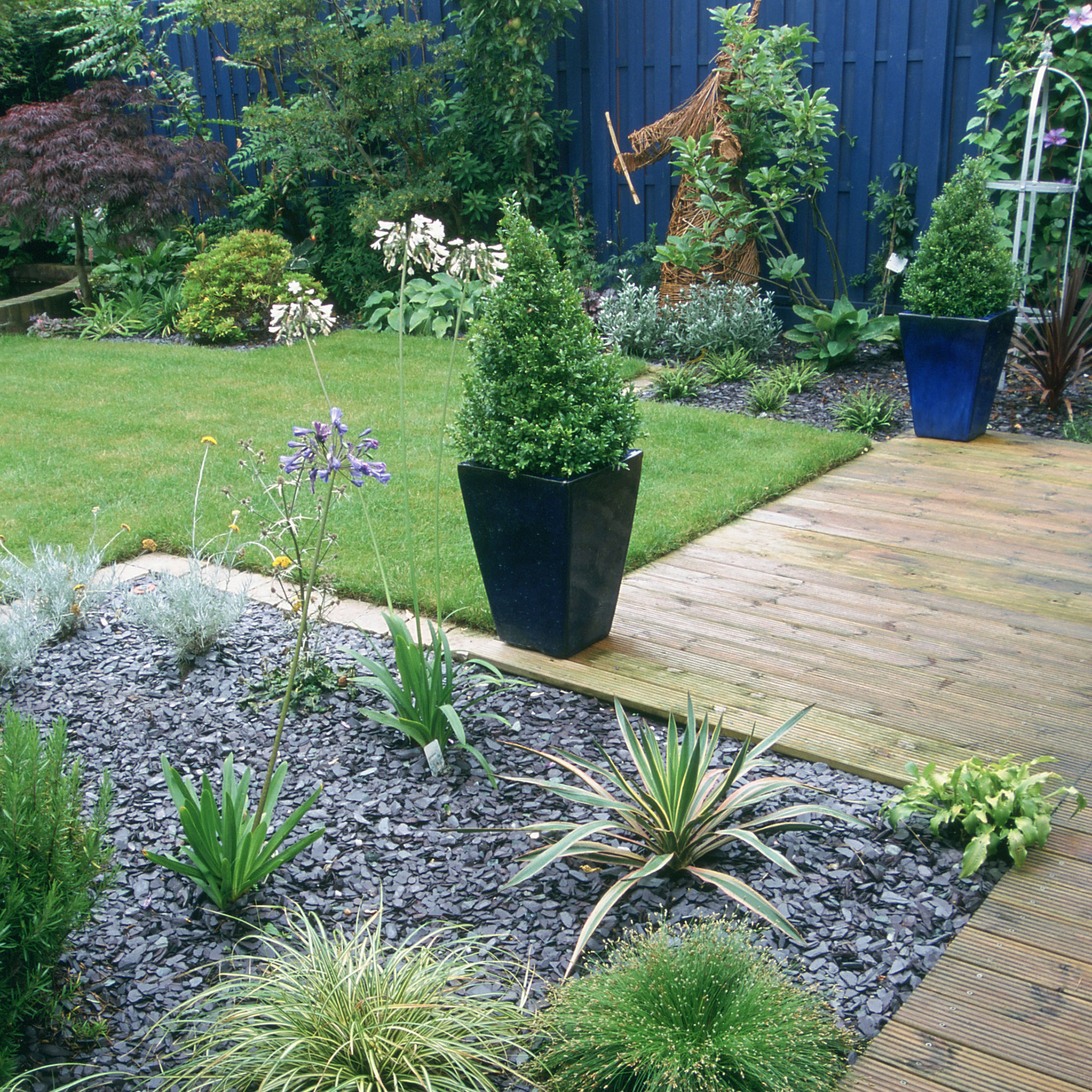
A gravel area, decking area and grass lawn create zones in this garden.
Add interest to your garden by combining decking ideas or patio ideas (or both) with your lawn ideas.
This will visually zone your garden into spaces. You could allocate an area for socialisation, an area for an outdoor kitchen, and a cosy reading nook in the corner.
Plus, by limiting your lawn space, it'll become more manageable.
FAQs
What is the best alternative to a grass lawn?
If you'd prefer to give grass a miss and experiment with garden low-maintenance lawn alternatives instead, there are a few sturdy choices.
'Creeping thyme offers a resilient, low-maintenance and fragrant alternative to traditional lawns,' suggests Joe Aldworth, gardening expert at The Old Railway Line Garden Centre. 'Walking across it releases a delightful scent that attracts a wide range of pollinators and creates a beautiful, sensory garden experience.'
And before you learn how to get rid of clover in your lawn, it's worth considering the wildlife benefits — that's why more and more homeowners are opting for a clover lawn than ever before.
What is the best thing to put on your lawn?
Before you start working on your new lawn ideas, you'll need to give your grass a much-needed boost after the winter months.
'Feed your lawn with a nitrogen-rich fertiliser to encourage lush growth,' advises Cheryl from Greensleeves. 'Proper feeding helps your lawn resist dry spells, foot traffic and weeds.
'Plus, a wetting agent can help lock in moisture for stronger, drought-resistant roots.'
Which lawn ideas will you be trying this year? As long as you steer clear of the most common lawn care mistakes, you'll be rewarded with a beautiful garden before summer arrives.
- Sophie KingGardens Editor
